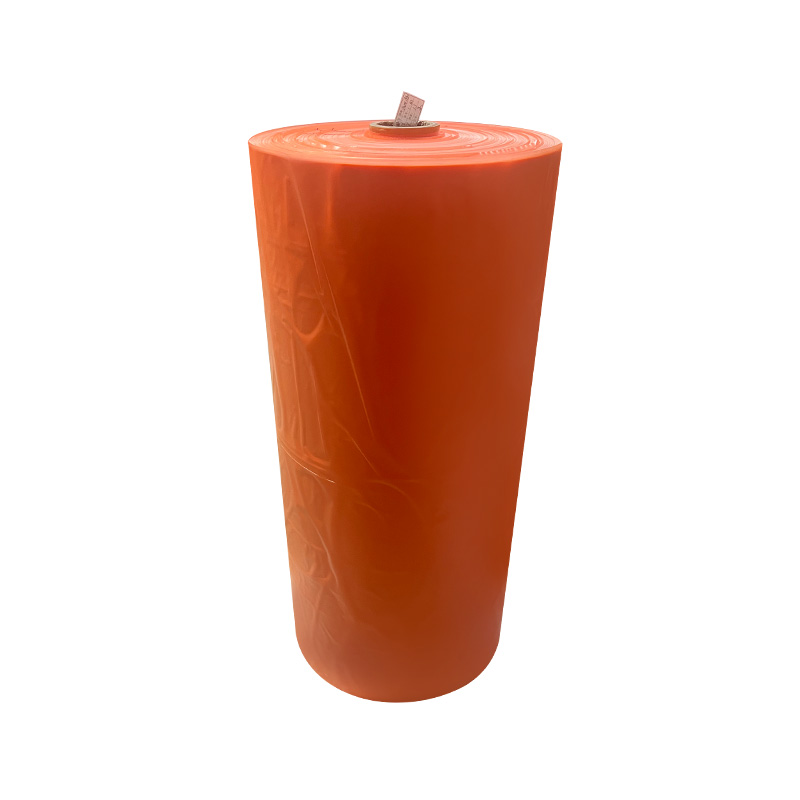Changes in ambient temperature and humidity levels exert a pronounced influence on the cooling time of
PE (polyethylene) heat shrinkable film, a critical phase in the packaging process. The ambient temperature, acting as a pivotal factor, holds sway over the rate at which heat is dissipated from the heated film. In warmer environments, the inherent efficiency of heat transfer accelerates, prompting a more rapid cooling process. Conversely, cooler ambient temperatures introduce a deliberate deceleration, compelling the polyethylene film to linger in a softened state for an extended period, necessitating a longer cooling duration to achieve the desired solidification.
Humidity levels, intimately entwined with the atmospheric conditions, contribute a nuanced layer to the interplay of factors affecting cooling time. Elevated humidity, with its propensity to impede the dissipation of heat, poses a potential impediment to swift cooling. The moist air, less adept at carrying away heat, may necessitate additional considerations such as improved ventilation or the incorporation of supplementary cooling mechanisms. On the contrary, lower humidity levels create an environment where dry air efficiently absorbs and transports heat, fostering a more expeditious cooling process. However, a delicate balance must be struck, as excessively dry conditions may engender static electricity, urging the implementation of measures for static control.
The combined effects of ambient temperature and humidity levels further underscore the intricacy of the cooling process. In scenarios where both variables fluctuate, the need for judicious adjustments to cooling systems becomes evident. A hot and humid milieu, for instance, demands a proactive approach to ensure effective heat dissipation and the subsequent solidification of the polyethylene film.
Integral to the equation are the characteristics of the equipment employed in the packaging process. The design and efficiency of cooling mechanisms play a pivotal role in tempering the impact of ambient conditions. State-of-the-art cooling equipment, equipped with advanced features and temperature controls, may emerge as a mitigating force, sustaining consistent cooling times across a spectrum of environmental variables.
Seasonal transitions introduce an additional layer of complexity to the equation. Fluctuations in ambient conditions, a hallmark of shifting seasons, necessitate anticipatory measures. Packaging facilities, attuned to the ebb and flow of seasonal changes, adapt their processes to the prevailing atmospheric circumstances, ensuring that cooling times remain optimized and packaging efficiency persists irrespective of seasonal nuances.
